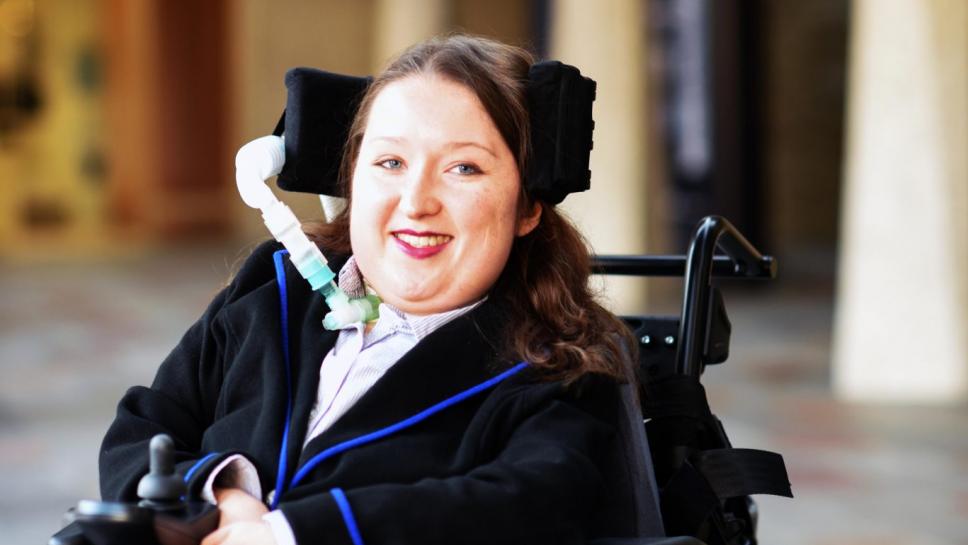
Before you read this blog, written on 27 March, please remember I am not a health professional and the guidance around the coronavirus changes rapidly.
On Monday 23 March the Prime Minister brought in new measures to prevent the spread of coronavirus and to save lives and not overload our NHS. These measures have been referred to as a “lockdown”, “self-isolation” and “social distancing” so interchangeably that even I am starting to get confused. So let’s try to understand what it all means.
Lockdown
The Prime Minister announced that people are only allowed to leave their homes for limited reasons. These are the rules for everyone. This could be considered a "lockdown" as the police now have the authority to enforce these measures.
You can leave the house for these reasons:
- shopping for basic necessities, for example, food and medicine, which must be as infrequent as possible
- one form of exercise a day, for example, a run, walk, or cycle – alone or with members of your household
- any medical need, or to provide care or to help a vulnerable person
- traveling to and from work, but only where this absolutely cannot be done from home.
Social distancing
You practice "social distancing" when leaving the house – going to the shops, for example.
Social distancing means keeping at least two metres away from other people.
Some shops will have a rule to only allow a few people in at a time or have tape on the floor to show how far apart to stand.
Self-isolation
There are two versions of self-isolation:
- When you are considered to be “extremely vulnerable” due to your age (over 70) or because you have an underlying health condition. In these instances, you are advised to stay home for a minimum of 12 weeks
- When you or someone in your household has symptoms and is required to stay home to not infect anyone. The person with the symptoms should stay home for seven days, and others in the household 14 days.
Shielding
Some people with a condition will have received a text asking people at risk to practise "shielding". Shielding is a measure to protect extremely vulnerable people by minimising interaction between those who are extremely vulnerable and others. According to guidance this involves:
- Strictly avoiding contact with someone who is displaying symptoms of coronavirus (COVID-19). These symptoms include high temperature and/or new and continuous cough
- Not leaving your house
- Not attending any gatherings. This includes gatherings of friends and families in private spaces, for example, family homes, weddings and religious services
- Not going out for shopping, leisure or travel and, when arranging food or medication deliveries, leaving them at the door to minimise contact
- Keeping in touch using remote technology such as phone, internet, and social media.
Some people with a condition will have received a text or letter this week stating that they have been highlighted as being at risk and telling them to remain at home and stay three steps away from people indoors. I have SMA and am on a ventilator via a tracheotomy and I haven’t had a text yet (as of 27 March). If I haven’t had one by 29 March I will be contacting my GP or neuromuscular care advisor and would strongly encourage others to do the same.
It's also worth noting that Muscular Dystrophy UK is advising shielding.
What does all this mean in practice?
As a disabled person I am already seeing some challenges with this advice. I will not be leaving my house but my carers will be coming and going, and to provide care they must be within three steps of me. So what do I do?
The Government has given some guidance around care at home. Firstly:
Visits from people who provide essential support to you such as healthcare, personal support with your daily needs or social care should continue, but carers and care workers must stay away if they have any of the symptoms of coronavirus (COVID-19).
The Government guidance for if neither you nor your carers are experiencing symptoms is:
No personal protective equipment is required above and beyond normal good hygiene practices.
This means carers washing their hands as soon as they come in and throughout their shift.
For now, I am having my carers still come to work but have reminded them about the new rules. I have given them the option of not coming if they don’t feel comfortable doing so. I’m in a position where I can rely on family to provide care if anyone doesn’t want to come in or becomes ill. It is really important to be in communication with your care team to make sure you and they are happy and healthy.
- If you have questions about how to manage your care at home please look at Government Guidance on Care at Home and MDUK's Guidance. You can also contact our Helpline for support with any questions.
